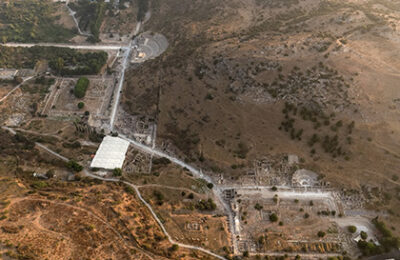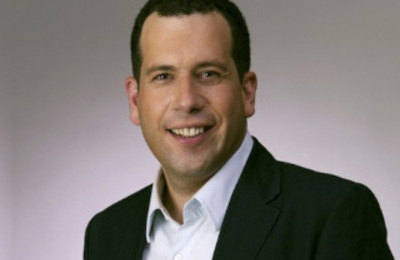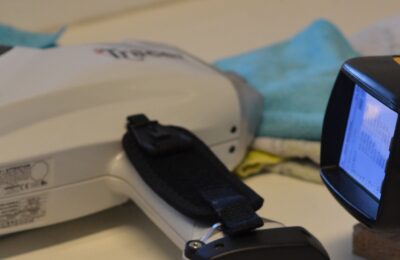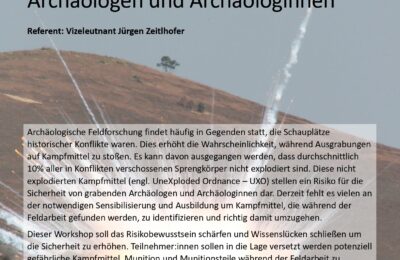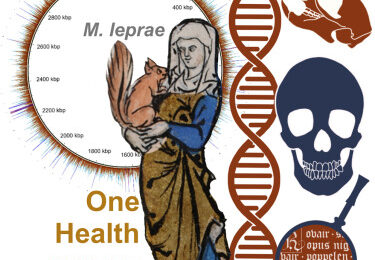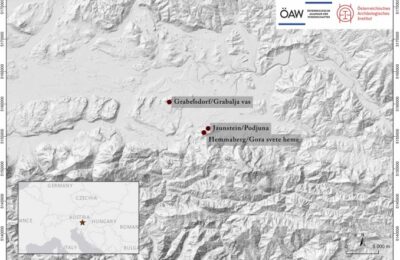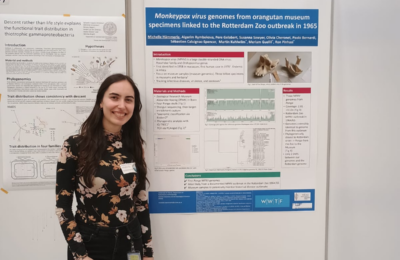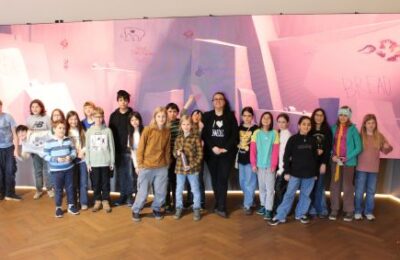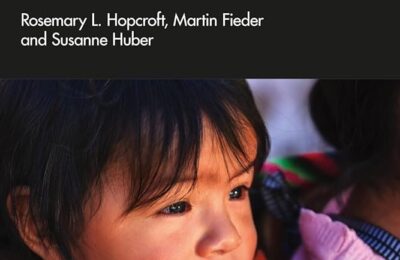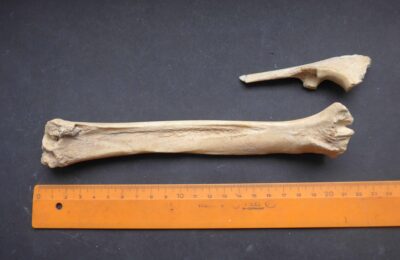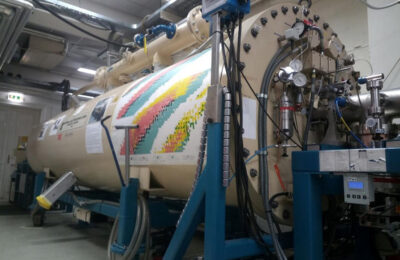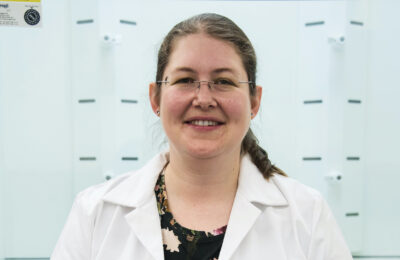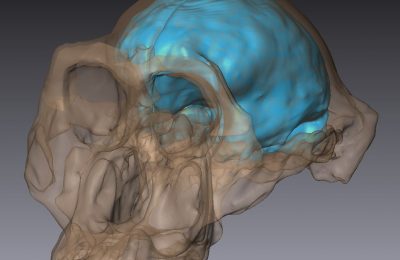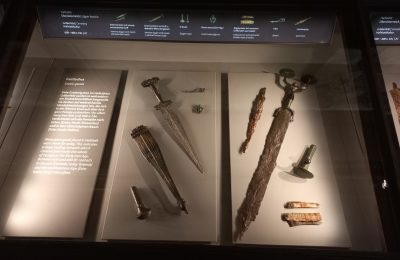Kuderna, L.F.K., Ulirsch, J.C., Rashid, S., Ameen, M., Sundaram, L., Hickey, G., Cox, A.J., Gao, H., Kumar, A., Aguet, F., Christmas, M.J., Clawson, H., Haeussler, M., Janiak, M.C., Kuhlwilm, M., Orkin, J.D., Bataillon, T., Manu, S., Valenzuela, A., Bergman, J., Rouselle, M., Silva, F.E., Agueda, L., Blanc, J., Gut, M., de Vries, D., Goodhead, I., Harris, R.A., Raveendran, M., Jensen, A., Chuma, I.S., Horvath, J.E., Hvilsom, C., Juan, D., Frandsen, P., Schraiber, J.G., de Melo, F.R., Bertuol, F., Byrne, H., Sampaio, I., Farias, I., Valsecchi, J., Messias, M., da Silva, M.N.F., Trivedi, M., Rossi, R., Hrbek, T., Andriaholinirina, N., Rabarivola, C.J., Zaramody, A., Jolly, C.J., Phillips-Conroy, J., Wilkerson, G., Abee, C., Simmons, J.H., Fernandez-Duque, E., Kanthaswamy, S., Shiferaw, F., Wu, D., Zhou, L., Shao, Y., Zhang, G., Keyyu, J.D., Knauf, S., Le, M.D., Lizano, E., Merker, S., Navarro, A., Nadler, T., Khor, C.C., Lee, J., Tan, P., Lim, W.K., Kitchener, A.C., Zinner, D., Gut, I., Melin, A.D., Guschanski, K., Schierup, M.H., Beck, R.M.D., Karakikes, I., Wang, K.C., Umapathy, G., Roos, C., Boubli, J.P., Siepel, A., Kundaje, A., Paten, B., Lindblad-Toh, K., Rogers, J., Marques Bonet, T., Farh, K.K.-H., 2023. Identification of constrained sequence elements across 239 primate genomes. Nature. read more
